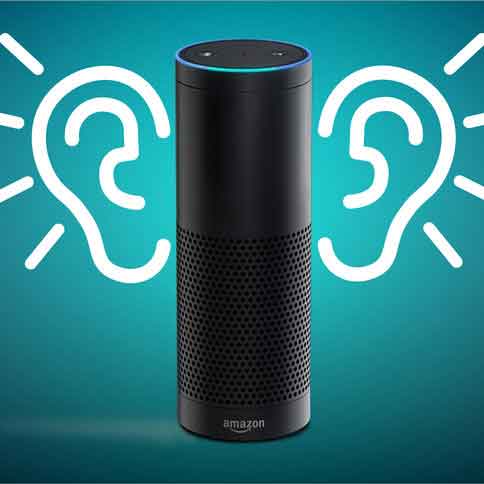Alexa Skills Provide Presence, But Add a Voice Persona to Deliver a Distinctive Voice Experience
Very few brands were on the web in 1994, a year after the first web browser was released. By 1995, this was changing fast. Four years later, nearly every company, brand and media organization had established a web presence. Why? Well, it seems obvious now. Consumers were spending more time on the web and it was a risk to both reputation and revenue to be absent.
During that time in the late 1990’s we also saw brands on their second or third website iteration. Why wasn’t the first version good enough? The early website versions all looked similar and brands quickly learned they wanted to express their brand image online with the same distinctive look and feel as their offline marketing assets. They wanted online viewers to experience the brand’s visual persona.
An Alexa Presence is Important for Brands
Amazon’s Alexa is the first true example of the voice web. We are now seeing the rush to build Alexa skills so brands and other organizations can establish a voice presence, because consumer adoption is growing quickly – and much faster than anticipated.
In the visual web, a consumer that entered a URL for a company or brand that didn’t have a website would get a 404 error which means no website found. A search on Google might bring up a lot of related items or even competitor website but not the brand the consumer set out to find. Most people would cringe at the lost opportunity. Consumers looking for your organization on Alexa might receive a pleasant response such as, “I wasn’t able to understand the question I heard.” The result is the same — a response that leaves the consumer without the information or engagement they want. An Alexa presence is important for brands.
Listen to an example of a brand with no presence on Alexa and a rival that has some basic information
A year ago there were 14 Alexa skills. The number had grown nearly 10x by January and then another 10x by July. As of early September 2016, there are over 3,000 Alexa skills with the number increasing at rate of about 5% per week. Brands ranging from Patron Tequila to Quaker Oats and Capital One to Twitter have released skills this year. Brands, media organizations, and even government agencies are seeing the need for a voice web presence. However, most of these skills rely heavily or exclusively on Alexa’s voice to provide content to consumers. The result is that these organizations are not fully expressing distinctive brand personas. That needs to change.
What Brands are Missing in the Voice-First World: Voice Persona!
The lack of distinctive voice personas today is understandable. The technology is new and many organizations are still learning. A focus on establishing presence is a first step. Another reason is that many brands and media organizations don’t have any audio branding. They have visual branding for a logo mark, imagery and a color palette. The typically don’t have a sound mark or sound palette. They may not have a company voice in the audible sense of the word.
This is part of the transition that many brands will need to make to differentiate on the voice web. It involves some effort but the payoff will be significant. The persona is influenced by the content provided, the skill navigation design and the sounds and voices that represent the content.
Listen to an example of a brand with a generic presence on Alexa contrasted to an on-brand voice persona
If you listen to the example above, you can hear the difference. One seems generic while the other expresses important distinctive qualities about the brand. Implementing a persona into your Alexa skill is one way to significantly improve the consumer voice experience. In the early days of the visual web, many brands had to release multiple versions of websites before truly integrating a brand persona into their presence. On the voice web, you can skip that step and deliver your first Alexa skill complete with an on-brand persona.
To learn more, go to: http://xappmedia.com/develop-custom-alexa-skills/
Pat Higbie is the CEO and co-founder of XAPPmedia. Prior to XAPP, he was EVP at Xtone; and before that was Founder and CEO of DataFocus. DataFocus was a pioneer in data modeling and relational data base design and later developed NuTCRACKER. He sold the services business to CIBER, and the NuTCRACKER business to MKS (now PTC). Mr. Higbie received a BS in Civil Engineering with High Honors from the U. S. Coast Guard Academy and an MS in Civil Engineering from the University of Illinois.









